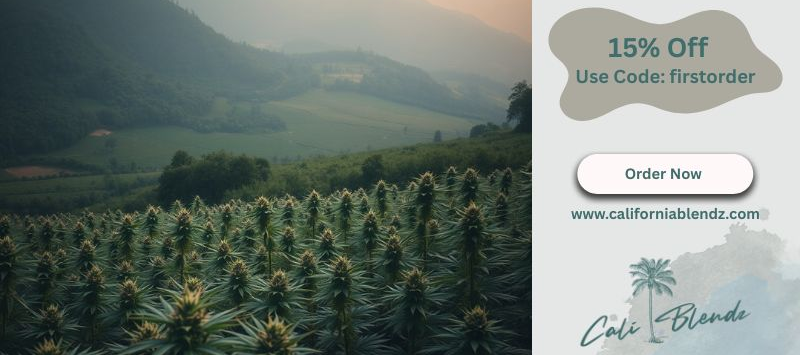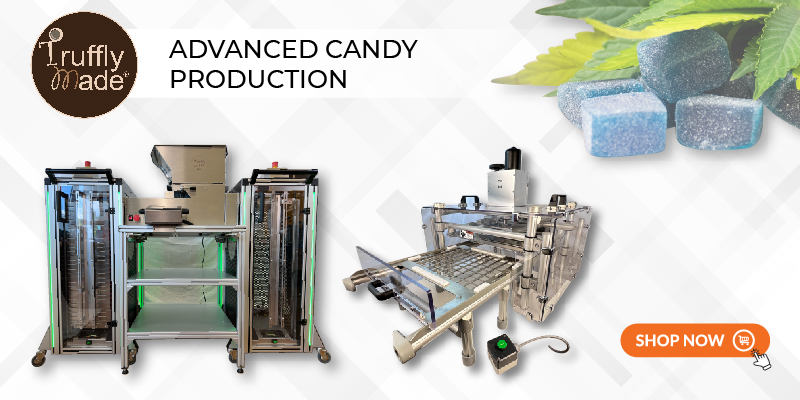Growing cannabis with impressive yields takes more than just planting a seed and hoping for the best.
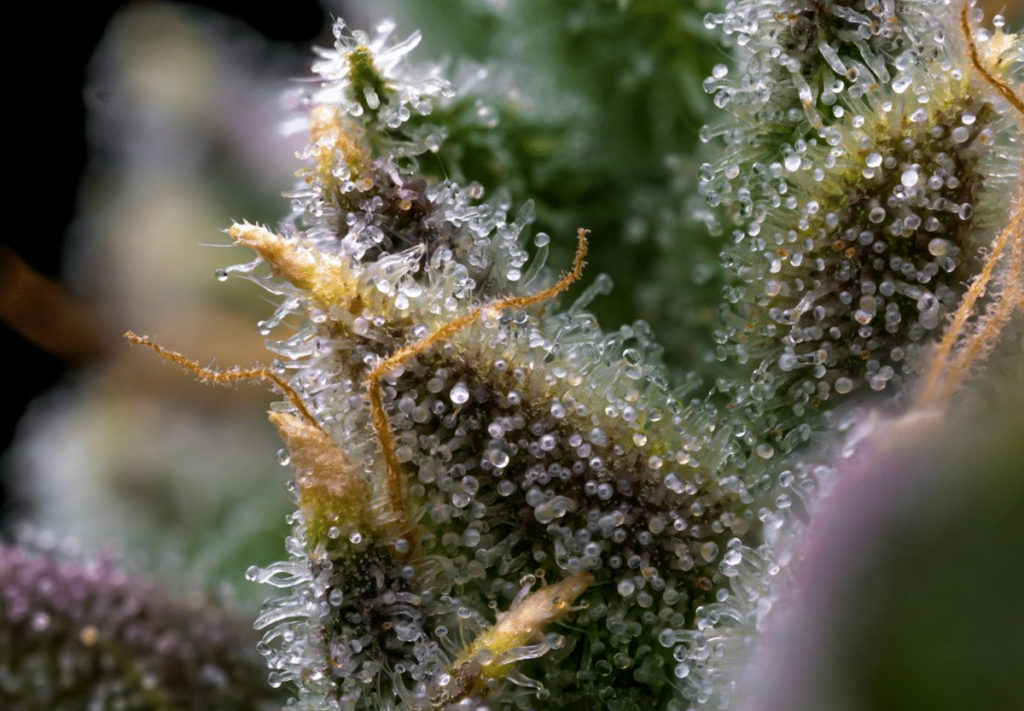
Whether you’re cultivating indoors or outdoors, careful planning and proven techniques can make a dramatic difference in your final harvest. Here are 10 tips from industry professionals to help you get the most out of your grow.
1. Start With Proven Genetics
High-yield harvests begin with quality seeds. Choose genetics known for productivity and consistency, and verify that they suit your growing environment—indoor or outdoor, photoperiod or autoflower.
2. Optimize Light Intensity and Coverage
Cannabis plants thrive under powerful, well-distributed light. Indoors, ensure your grow lights (LEDs or HPS) provide at least 600–1000 µmol/m²/s of PAR during flowering. Make sure light reaches every canopy corner by adjusting height and using reflective materials. Outdoors, choose a south-facing spot with no shade interference. Supplement lighting during cloudy seasons can also help.
3. Use High-Quality Soil or a Balanced Hydro System
Healthy roots mean healthy yields. Choose a nutrient-rich soil mix with perlite or coco coir to encourage oxygen flow and prevent compaction. For hydroponic setups, use sterile, inert media like clay pellets or rockwool, and maintain a steady pH between 5.8 and 6.2. Whether in soil or hydro, clean your containers and check for pests and pathogens often.
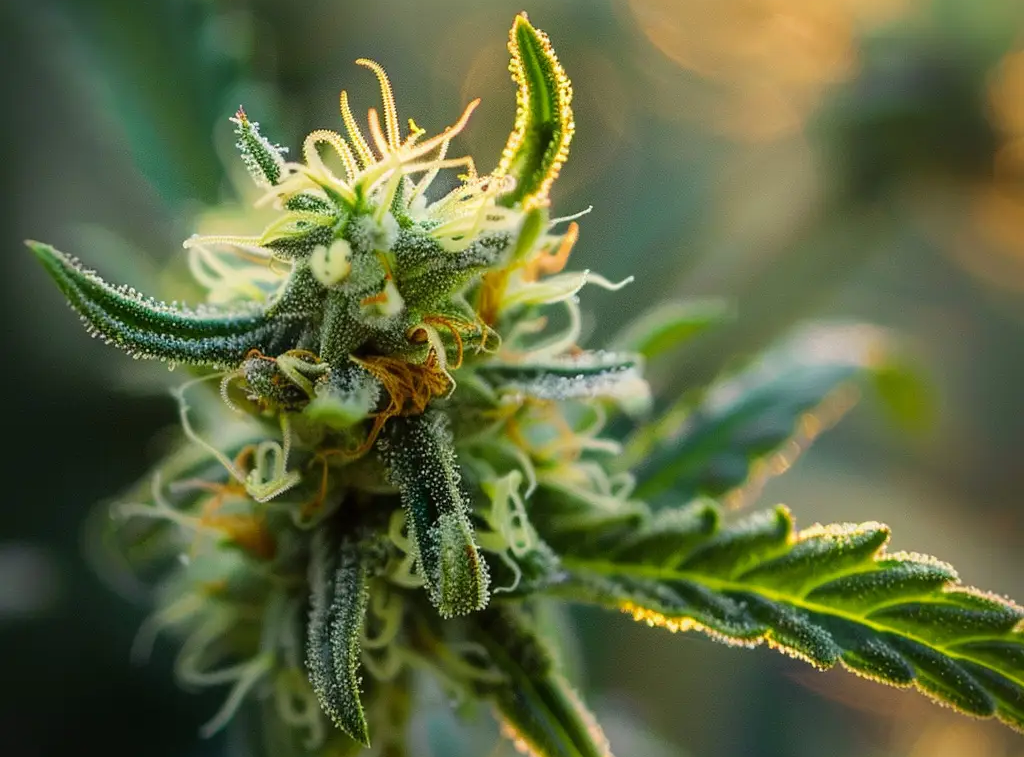
4. Feed Strategically, Not Excessively
Stick to a feeding schedule based on your plant’s life stage and appearance. Use a trusted nutrient line with the right balance of macro and micronutrients. Start with a lower concentration and gradually increase to avoid nutrient burn. Flush with plain water at regular intervals to prevent salt buildup. Keep an eye out for tip burn, yellowing, or slowed growth—signs you’re feeding too much or too little.
5. Train Your Plants Early
Start training once your plant has 4–6 nodes. Topping encourages bushier growth by splitting the main cola into multiple bud sites. LST (bending and tying down branches) improves light penetration to lower branches, boosting total yield. Advanced growers may use ScrOG techniques to weave branches through a horizontal net, maximizing canopy surface area. Avoid late-stage training to prevent stunting flower development.
6. Control Your Environment
Indoor growers should maintain day temps between 72–85°F and night temps within 10 degrees of that. Humidity should be 50–70% during veg and drop to 40–50% during flower to prevent mold. Use a thermometer/hygrometer combo, and invest in a quality exhaust fan and carbon filter to manage odor and airflow. Outdoor growers should use greenhouses or shade cloths to protect from extreme heat, wind, and rain.
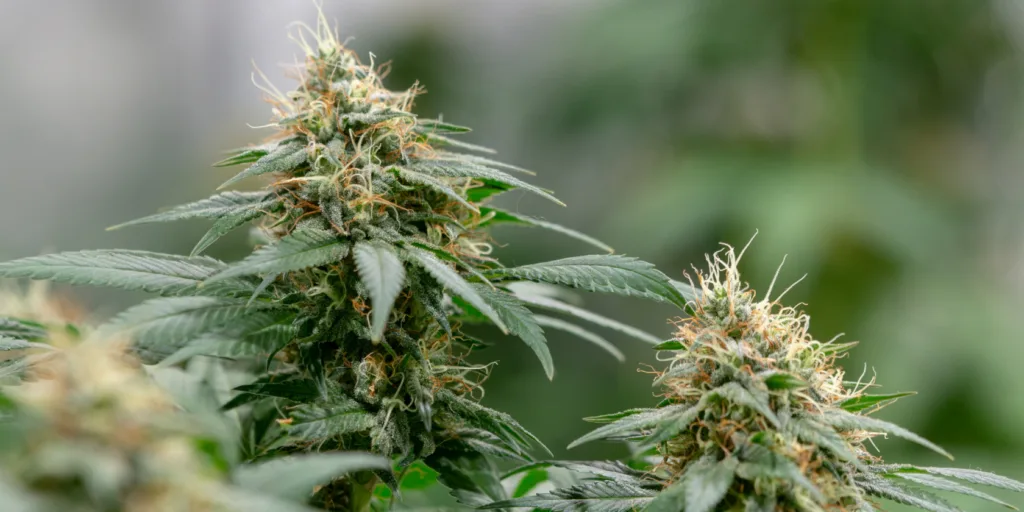
7. Water Correctly
Water deeply until there’s runoff, then wait until the top inch or two of the soil is dry before watering again. Always adjust water pH (6.0–6.5 for soil, 5.8–6.2 for hydro). Avoid watering on a fixed schedule—plants drink differently depending on size, temperature, and light levels. Lift pots to feel their weight as a simple gauge. Overwatering is one of the most common yield killers.
8. Prune With Purpose
Remove yellow, dying, or shaded leaves that no longer contribute to photosynthesis. In early flowering, consider a light defoliation to allow more light to penetrate the lower canopy. Don’t overdo it—removing too much foliage too quickly can stress plants and reduce bud growth. Lollipopping (removing lower growth) can focus energy on the top buds and increase airflow to reduce humidity-related problems.
9. Monitor Trichomes, Not Just Time
Bud maturity is best judged by looking at the trichomes, not the calendar. Use a jeweler’s loupe or digital microscope to inspect resin glands. Clear trichomes indicate immaturity, cloudy ones suggest peak potency, and amber ones show degradation into more sedating cannabinoids. Aim to harvest when 10–20% of trichomes turn amber for a strong, balanced high and optimized yield.
10. Cure Properly After Harvest
Dry buds slowly over 7–10 days in a dark room with 60% humidity and good airflow. Once stems snap (not bend), place buds in airtight glass jars. Open jars daily for the first week to release moisture, then less frequently over 2–4 weeks. A proper cure enhances flavor, potency, and smoothness, and protects your months of hard work from mold or degradation.
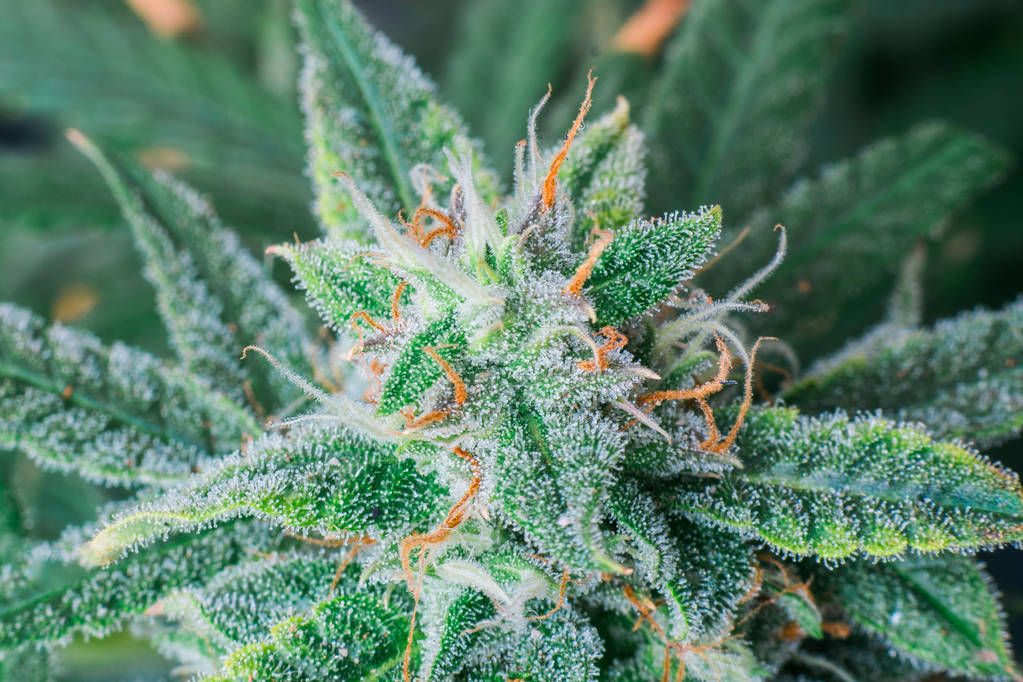
In addition to these 10 tips, here are some other tips you may want to consider:
Supplement With CO₂
For sealed indoor grow spaces, increasing CO₂ levels can accelerate growth and improve bud density—especially during the flowering phase. Levels between 1000–1500 ppm, paired with high light intensity and adequate nutrients, can result in yields 20–30% higher. CO₂ use requires careful monitoring and should only be used in controlled environments.
Space Your Plants Properly
Overcrowding plants causes shading and reduces airflow, both of which hurt yields. Leave enough room between pots or planting sites so each plant can develop a wide canopy. In indoor grows, use plant training and pruning to keep growth even and maximize the light footprint across the canopy.
Match Strain to Your Climate
Not every strain thrives everywhere. Choose strains suited to your region’s temperature, humidity, and daylight patterns. For example, fast-flowering indicas are ideal for shorter growing seasons, while sativas may thrive in hot, extended summers. Matching your genetics to your climate reduces stress and boosts harvest potential.
Stay Ahead of Pests With Integrated Pest Management
Yields can plummet from infestations of spider mites, thrips, or fungus gnats. Use a proactive IPM approach: regular inspections, sticky traps, neem oil or beneficial insects, and cleanliness. Preventative care is easier and more effective than treating a full-blown pest outbreak mid-flower.
Maintain the Right Environment Post-Harvest
Even after harvest, environment matters. Trim rooms should be cool (60–68°F), low-light, and around 50–60% humidity to prevent terpene degradation and mold. Avoid plastic bags and trim bins that build static or trap moisture. A good post-harvest process protects both quantity and quality.


